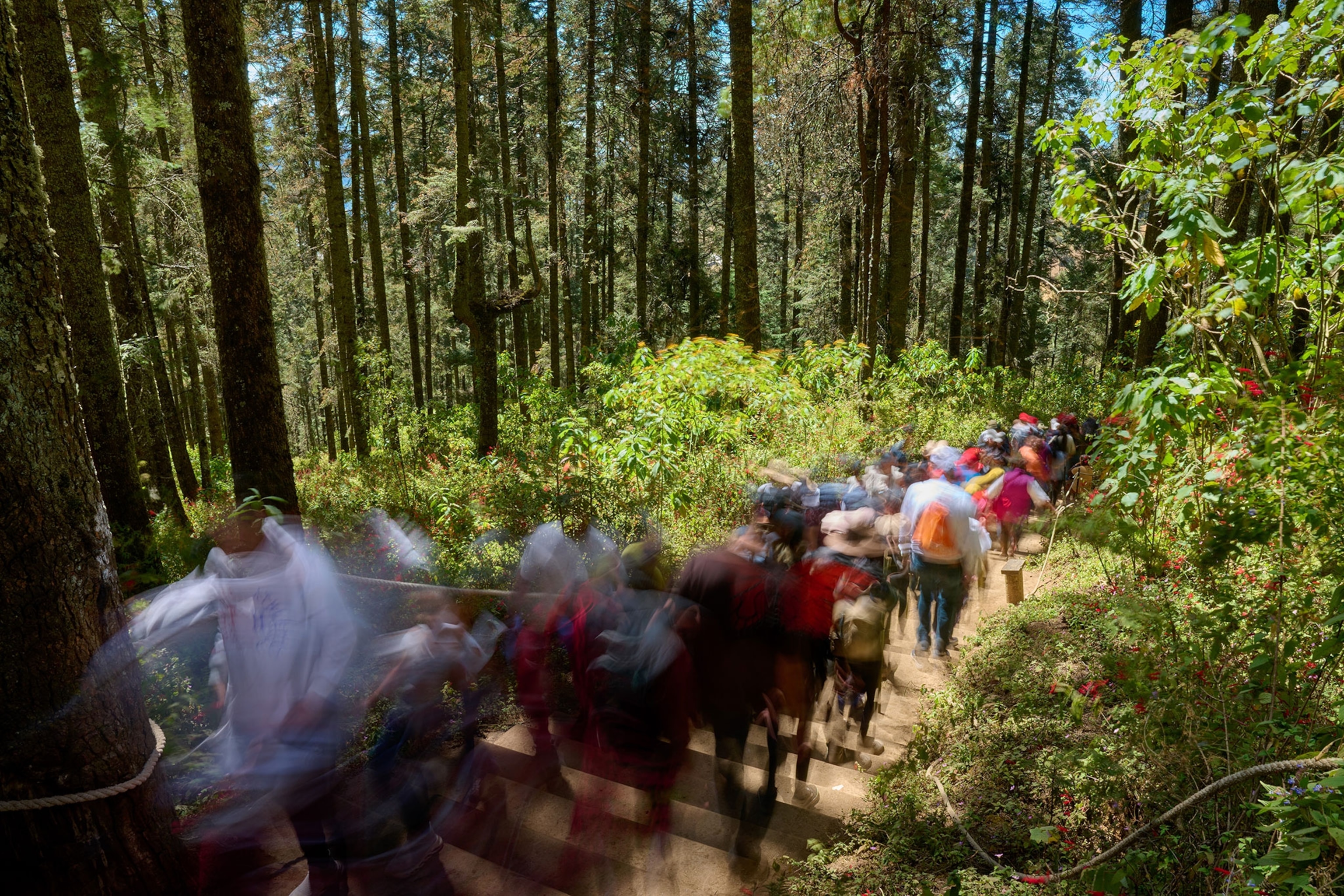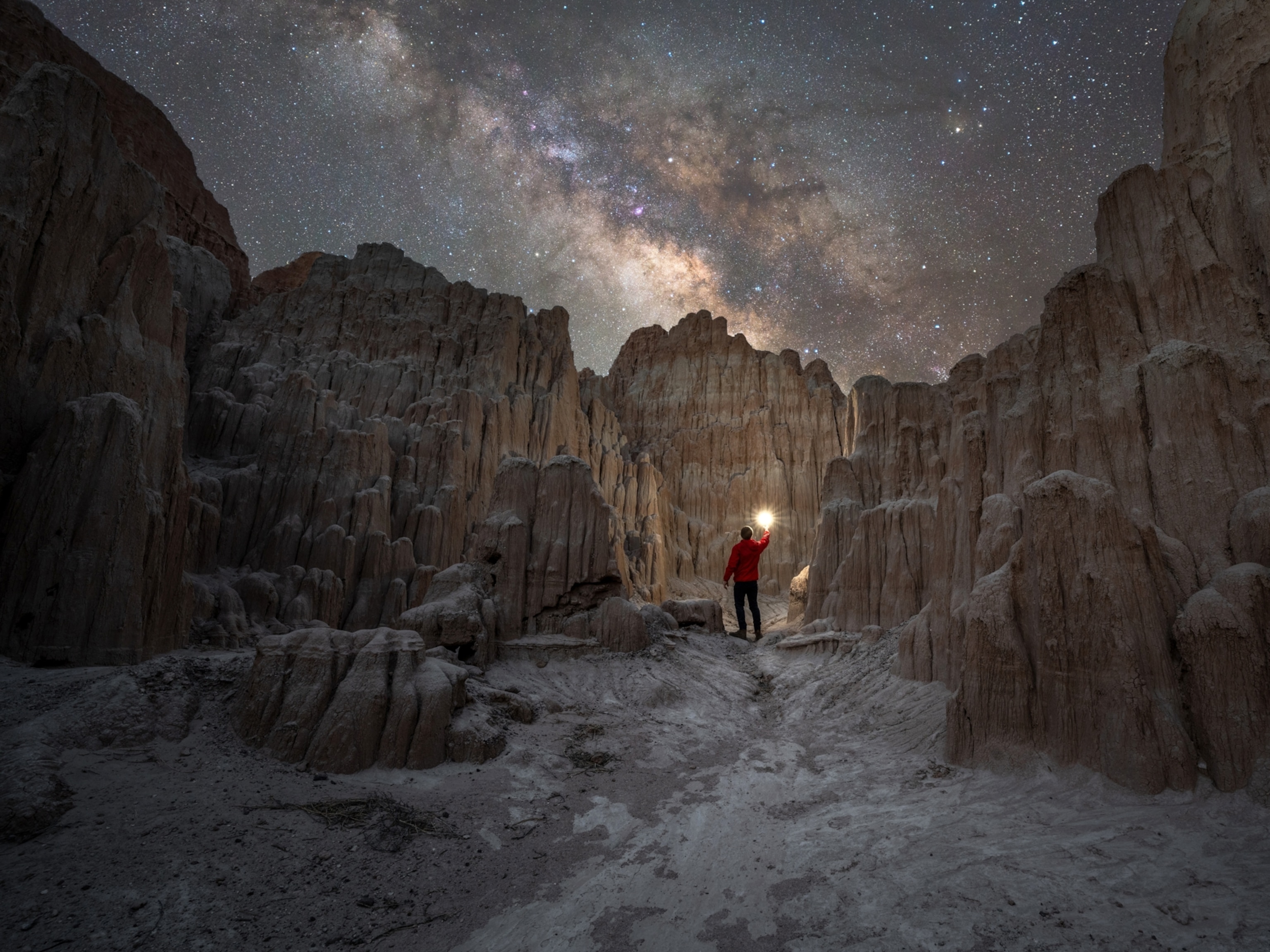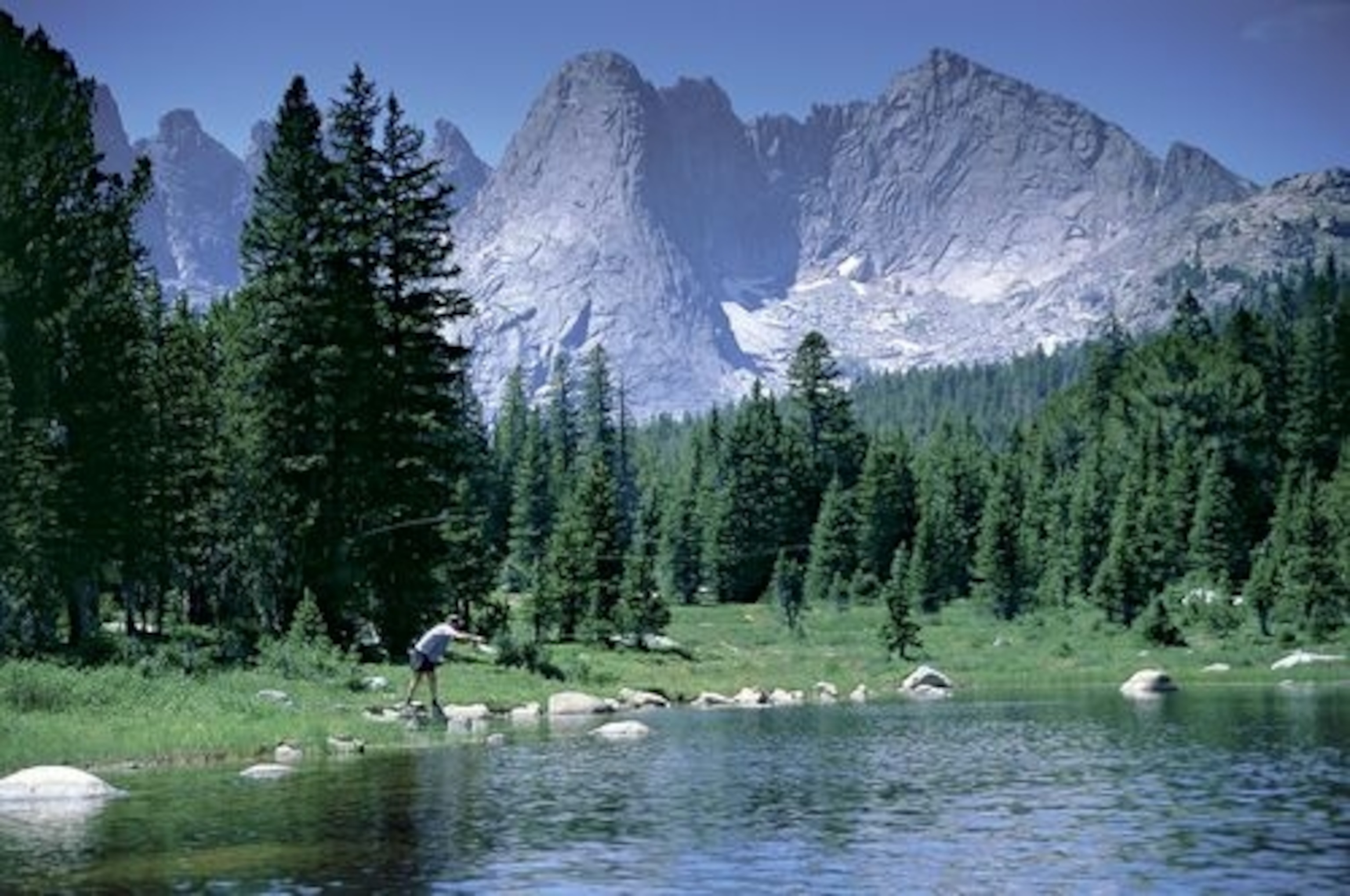In an age where wilderness areas are becoming increasingly accessible, the simple phrase “Leave No Trace” represents a vital, scientifically supported mandate for conservation. Far from being a set of polite outdoor manners, the seven Leave No Trace (LNT) principles are rooted in ecology, biology, and soil science, designed to mitigate the cumulative human impact on fragile ecosystems. This philosophy recognizes that even the smallest actions—like stepping off a trail, improperly burying waste, or feeding a bird—can disrupt the delicate balance of wild places. The cumulative effect of millions of seemingly minor transgressions, known as “the tyranny of small decisions,” poses an existential threat to parks and wilderness areas. Understanding the science behind LNT is the essential first step in transforming the casual visitor into a genuine, informed steward of the environment.
More Than Manners: The Science of Minimizing Impact
The Leave No Trace framework is a practical application of applied ecology, designed to address the unique challenges of recreational impact. The core goal is to minimize, and where possible eliminate, human-induced changes to the physical, biological, and social environment.

The fundamental necessity of LNT stems from the rapid growth of outdoor recreation. While most individual visitors intend no harm, even benign actions, when repeated by thousands, lead to irreparable damage. The principles provide a structured, easily communicable set of actions to counteract phenomena such as soil compaction, hydrological contamination, and wildlife habituation. By planning trips rigorously, using durable surfaces, and properly managing waste, the principles aim to make the impact of a human visit as fleeting and imperceptible as possible, maintaining the pristine condition of the wilderness for both ecological health and the experience of future visitors.
The Ground Underfoot: Soil, Compaction, and Micro-Biomes
One of the most damaging and least visible impacts of casual recreation is the effect of stepping off-trail, a transgression directly addressed by the principle of Travel and Camp on Durable Surfaces. The science behind this rule is critical to soil health.

When humans walk over soil, especially moist or fragile alpine soil, it causes compaction, significantly reducing the space between particles. This compression reduces the soil’s ability to hold water and impedes the movement of oxygen, which is vital for plant roots and the soil’s complex micro-biomes (the bacteria, fungi, and invertebrates that drive decomposition and nutrient cycling). Once a surface is compacted and vegetation is killed, water runoff increases, leading to erosion. LNT advocates for staying on established trails and concentrating activity in durable areas like rock or dry grass, preventing the destructive widening of trails and the creation of “social trails” that scar the landscape.
The Threat Below: Waste, Water, and the Contamination Cycle
The principle of Dispose of Waste Properly extends far beyond simply packing out trash; it encompasses the critical necessity of managing human and pet waste to prevent severe water and soil contamination.

Human feces can contain pathogens (viruses, bacteria, and parasites) that can contaminate water sources and spread disease to wildlife. LNT dictates that solid human waste must be buried in a small hole (6 to 8 inches deep) at least 200 feet from water, trails, and campsites. This depth allows soil microbes to safely and quickly decompose the waste. Furthermore, the LNT principle addresses gray water (used dishwater), which, even with biodegradable soaps, must be strained and scattered away from water sources. Introducing high concentrations of phosphates and nitrogen from soap or food scraps into streams can trigger harmful algal blooms, fundamentally altering the aquatic ecosystem’s balance.
The Wild Interaction: Habituation and the Cost of Curiosity
Principles like Respect Wildlife and Leave What You Find are deeply rooted in behavioral ecology and the preservation of genetic and cultural material, respectively. Human interaction, however benign, can irrevocably change wildlife behavior.

Wildlife habituation occurs when animals lose their natural fear of humans, often because they are fed directly or indirectly (via improperly stored food). Habituated animals become dependent on human food, which is harmful to their diet and often leads to aggressive behavior that necessitates the animal’s removal or euthanization. LNT requires maintaining distance, never feeding animals, and storing food securely. Furthermore, the rule to Leave What You Find is critical for preserving genetic and cultural resources. Taking natural objects (rocks, flowers, antlers) depletes the nutrient base and removes vital genetic material. Taking cultural artifacts (arrowheads, pottery shards) destroys the archaeological record for all time.
The Ethos of Impermanence: Redefining Wilderness Experience
Ultimately, the Leave No Trace ethic is a philosophical stance that redefines the human-wilderness relationship. It asks the visitor to prioritize the health of the ecosystem over personal convenience, convenience, or selfish impulse.
LNT is about embracing the ethos of impermanence, aiming to leave behind only an intangible, positive memory of the experience, not a measurable, physical alteration of the environment. The cumulative effect of millions of travelers adhering to this ethic is the preservation of the essential character of wilderness—its solitude, its naturalness, and its future. By transforming the trip from an act of consumption into an act of stewardship, LNT ensures that the planet’s last wild places endure as vital, healthy refuges for wildlife and for the human spirit seeking true, untainted connection.




